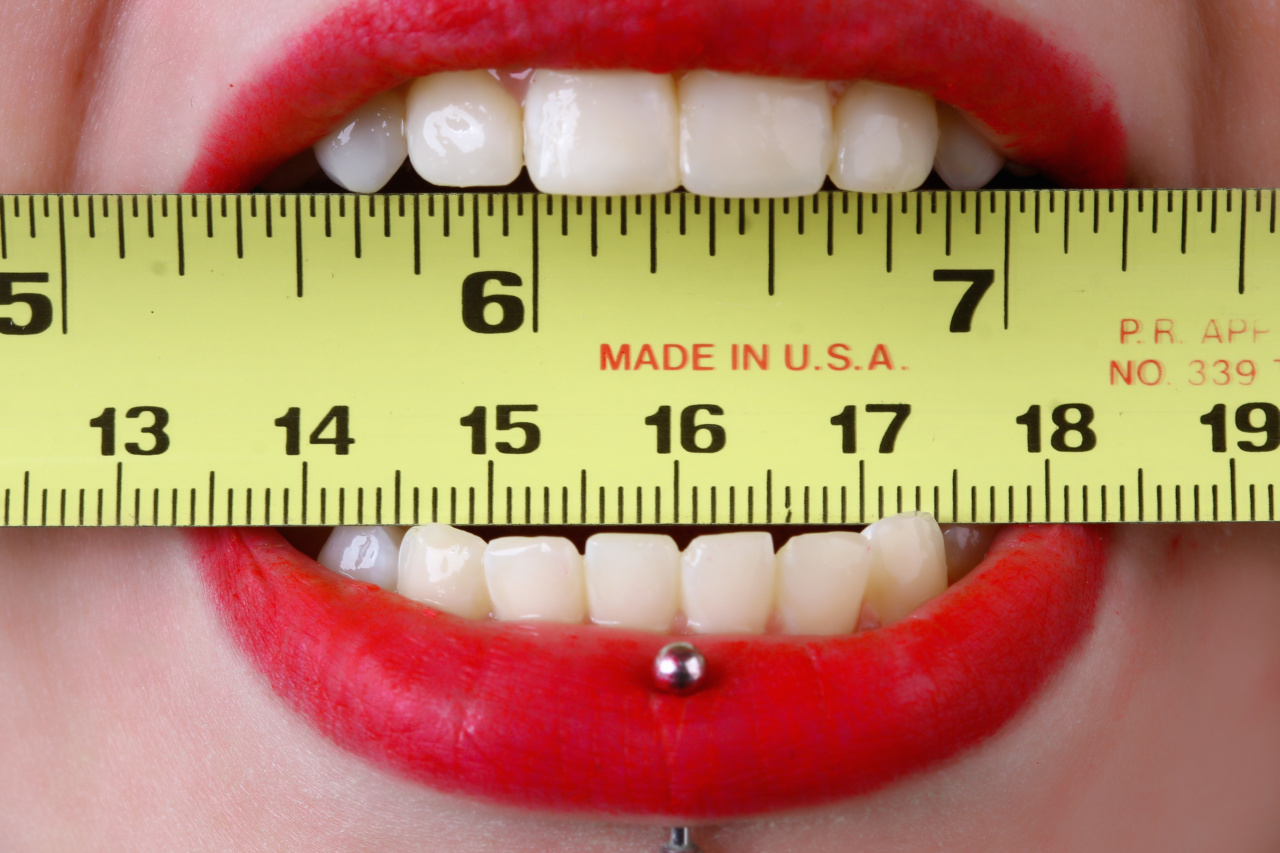Skin cancer is one of the most common types of cancer worldwide, and its incidence is on the rise.
It predominantly occurs due to exposure to ultraviolet (UV) radiation from the sun, although other factors such as genetics and environmental toxins may also play a role. Assessing your risk for skin cancer is crucial for early detection and prevention. Interestingly, a recent study has shed light on a unique method to evaluate your susceptibility to skin cancer – by measuring your olives.
In this article, we will explore this newfound method and its implications for skin cancer risk assessment.
Understanding Skin Cancer
Skin cancer develops when the genetic material in the cells of the skin is damaged by UV radiation or other factors, leading to uncontrollable cell growth and tumor formation. The three most common types of skin cancer are:.
1. Basal cell carcinoma (BCC)
BCC is the most prevalent type of skin cancer and usually appears on sun-exposed areas such as the face and neck. It is commonly characterized by open sores, red patches, or shiny bumps.
2. Squamous cell carcinoma (SCC)
SCC primarily occurs on areas exposed to the sun, including the face, ears, and hands. It often presents as red nodules or scaly patches that may bleed or crust.
3. Melanoma
Although less common than BCC and SCC, melanoma is the most dangerous form of skin cancer. It originates in the pigment-producing cells (melanocytes) and can spread to other parts of the body.
Melanomas typically exhibit irregular moles or dark lesions that evolve in size, shape, or color.
Evaluating Your Skin Cancer Risk
Traditionally, assessing skin cancer risk relies on factors such as UV exposure history, family history, skin type, and the presence of atypical moles. However, the recent study indicates a surprising new indicator by measuring the size of olives.
The Olive Measurement Method
The research conducted by dermatologists at the University of Skin Health involved a large cohort of participants. They observed a strong correlation between olive size and skin cancer risk.
Specifically, individuals with larger olives were found to have a higher likelihood of developing skin cancer.
The Science Behind It
The connection between olive size and skin cancer risk may seem peculiar at first, but there is a scientific foundation to explain this relationship.
Olives contain a compound called hydroxytyrosol, which is known for its antioxidant and anti-inflammatory properties. These properties play a crucial role in protecting the skin against damage from UV radiation. However, people with larger olives tend to have lower levels of hydroxytyrosol, making them more susceptible to skin cancer.
How to Measure Your Olives
If you are interested in assessing your own skin cancer risk using the olive measurement method, it’s essential to follow the proper procedure. Here are the steps to measure your olives:.
1. Gather a Sample of Olives
Select a random sample of olives from your olive jar or purchase a package of fresh olives. Make sure the olives are of a similar variety to obtain accurate results.
2. Measure the Diameter
Using a ruler or caliper, measure the diameter of each olive in millimeters. The diameter corresponds to the distance from one side of the olive to the other, passing through the center point. Record the measurements for each olive on a piece of paper.
3. Calculate the Average Olive Size
Add up the individual olive measurements and divide the sum by the total number of olives to obtain the average olive size in millimeters.
Interpreting Your Results
Once you have determined the average olive size, you can assess your skin cancer risk based on the findings of the study:.
1. Small Olives (Less than 10mm)
If your average olive size falls within this category, it suggests a lower risk of developing skin cancer. However, it is still crucial to practice sun protection measures and regular skin checks.
2. Medium Olives (10mm to 15mm)
Individuals with an average olive size within this range have a moderate risk of skin cancer. It is advised to be mindful of sun exposure and maintain regular dermatologist visits.
3. Large Olives (Greater than 15mm)
An average olive size greater than 15mm indicates a higher risk of developing skin cancer. Extra precautionary measures, such as seeking shade, wearing protective clothing, and using sunscreen regularly, should be taken.
The Limitations of the Olive Measurement Method
Although the olive measurement method shows promise, it is important to recognize its limitations. The study was conducted on a specific group of participants and may not reflect the entire population accurately.
Moreover, other factors, such as genetic predisposition, UV exposure history, and environmental conditions, can significantly influence skin cancer risk. The olive measurement method should thus be used as an additional tool alongside traditional risk assessment methods.
Conclusion
The olive measurement method offers a unique perspective on skin cancer risk assessment. While further research is needed to fully establish its validity, it can serve as an intriguing adjunct to the conventional measures.
Remember, regardless of olive size, practicing sun safety measures and regular skin screenings remain crucial in the prevention and early detection of skin cancer.




























